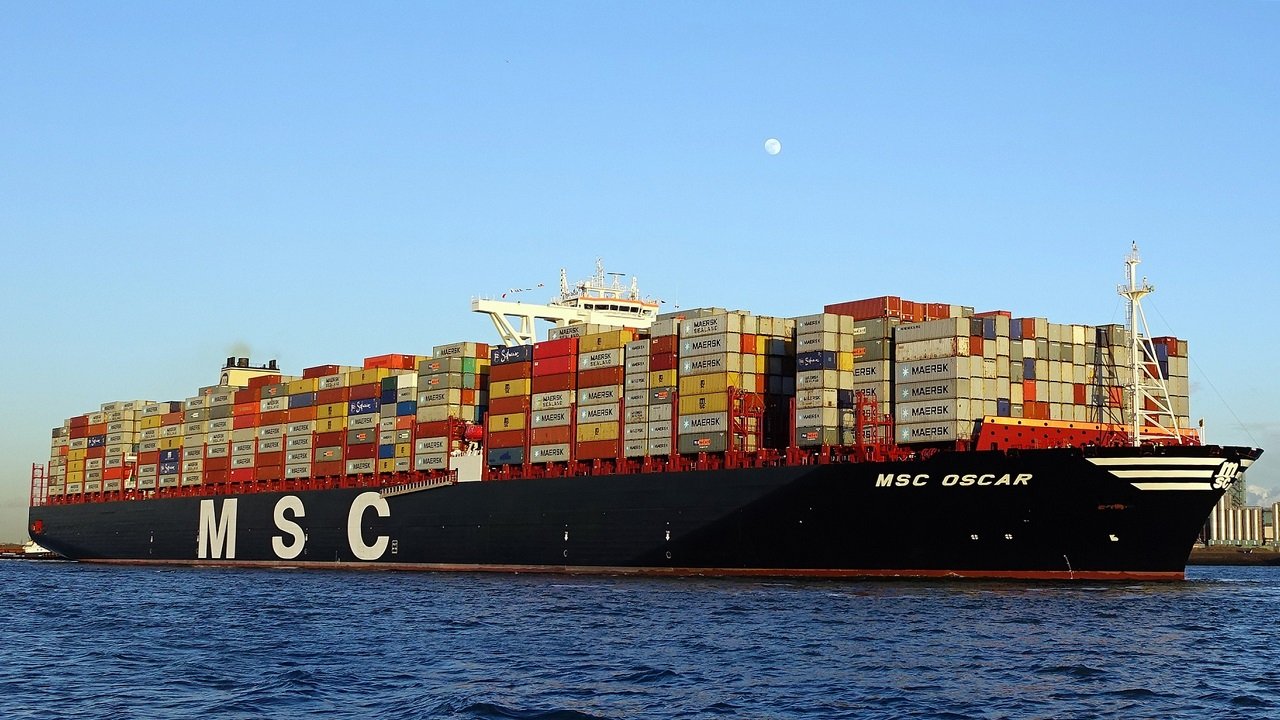HIGHLIGHTS
- Include 18 participants: private businesses, trucking, warehousing, logistics companies, accounts, and more.
- Strengthen the foundation for seamless, end-to-end communication.
- Make the application supply chain more efficient, secure, and resilient.
FULL ARTICLES
Freight Logistics Optimization Works (FLOW)
FLOW is a digital infrastructure to pilot key freight information exchange between parts of the goods movement supply chain.
This bright architecture includes 18 participants representing diverse points in the supply chain, including private businesses, trucking, warehousing, logistics companies, accounts, and more.

Accordingly, the stakeholders will work together with the Administration to develop information exchange to ease bottlenecks in the supply chain, speed up the movement of goods, and ultimately cut costs for users. The U.S. Department of Transportation (DOT) will act as an honest broker and convener making matches within the supply chain to solve problems and overcome formulas in distribution.
Future potential
André Simha, Chief Digital & Information Officer at MSC, a Swiss international shipping line, also strongly believed that a common and interoperable digital infrastructure across the entire containership was one step critical to making the application supply chain “more efficient, secure and resilient”. He also emphasized: “This bright architecture will strengthen the foundation for the seamless, end-to-end communication that we all need to keep global commerce moving today and tomorrow.”

As Mario Cordero, CEO of the Port of Long Beach, pointed out: “Common development of data standards to benefit the freight industry is an important part of the work put forth by us in the 21st century.”
Griff Lynch, executive director of GPA, stated: “Transparency computing – knowing where a vessel or container is at every stage of transit – will provide predictability for shippers and logistics providers. Through better communication, supply chain edges such as timing on production, staffing, trucks and chassis, and warehouse space can be tailored for greater efficiency and speed.”
Similarly, Thomas Bagge, CEO of DCSA, believed that having an interoperable digital infrastructure would eliminate blind spots by increasing data usability and reliability.
Thanh Ha
Maersk to develop digital slotting solution using AI













